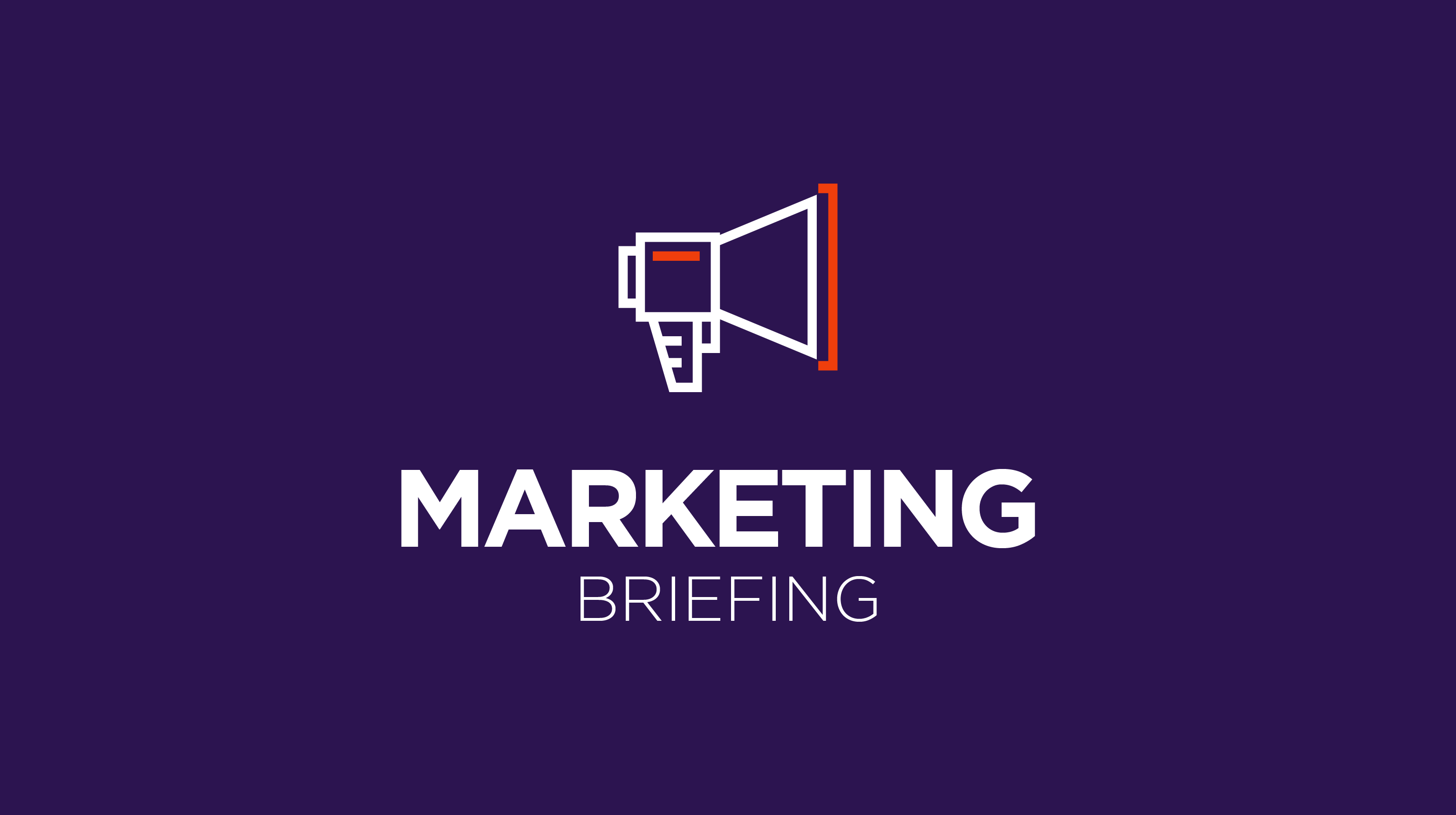Member Exclusive, Modern Marketing
Marketing briefing: How do you market to a business/consumer hybrid?
- The gig economy is heating up. Meanwhile, corporate spend management tools continue to grow in popularity.
- All this to say, the line between consumer and business is blurring. How does a brand express that blur?








